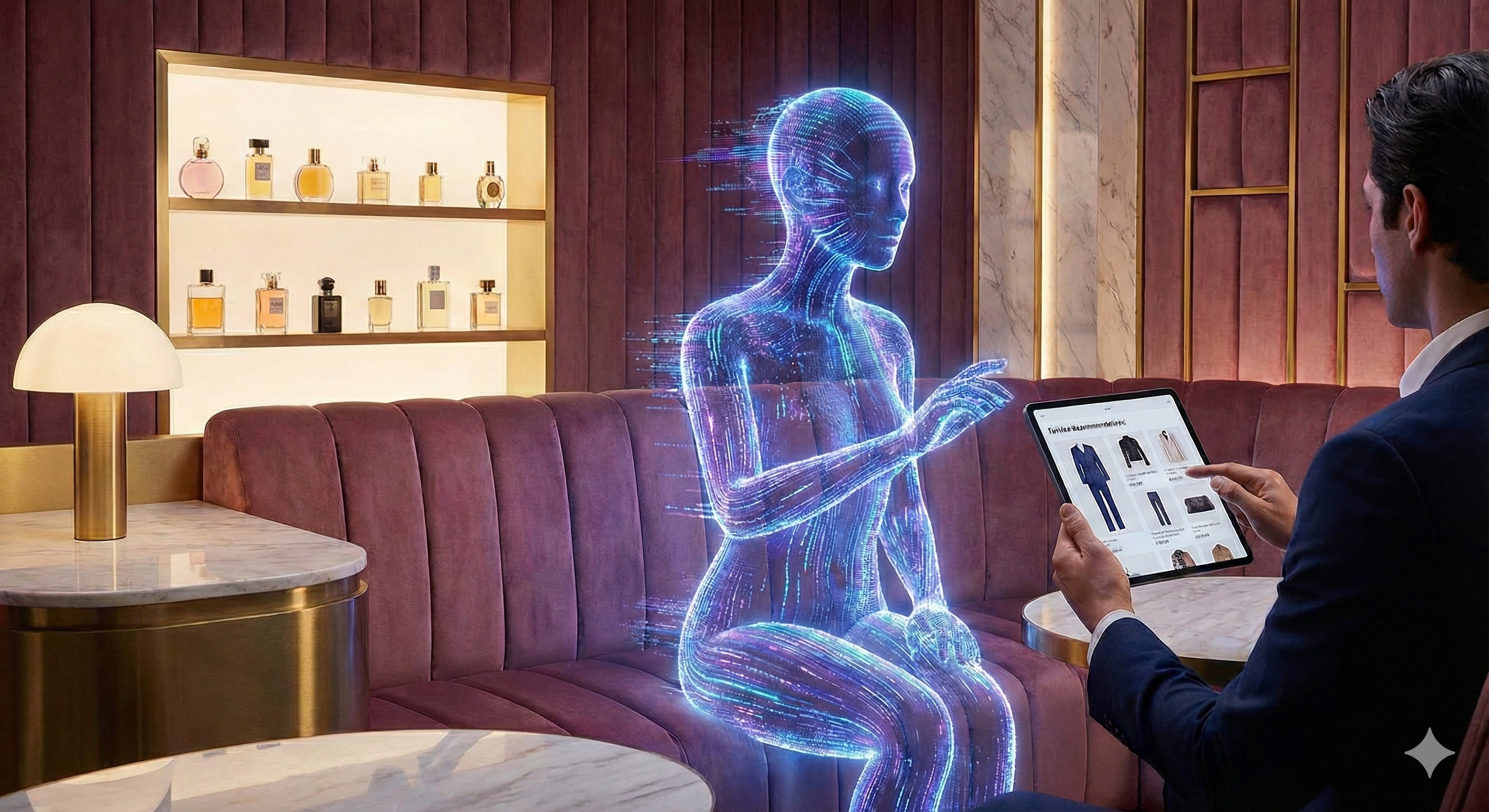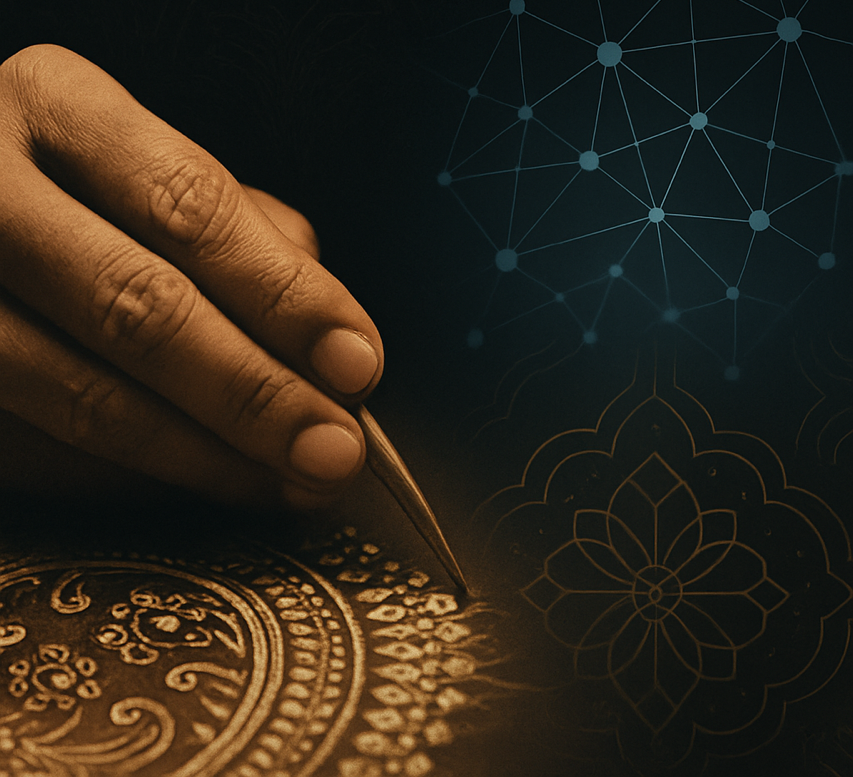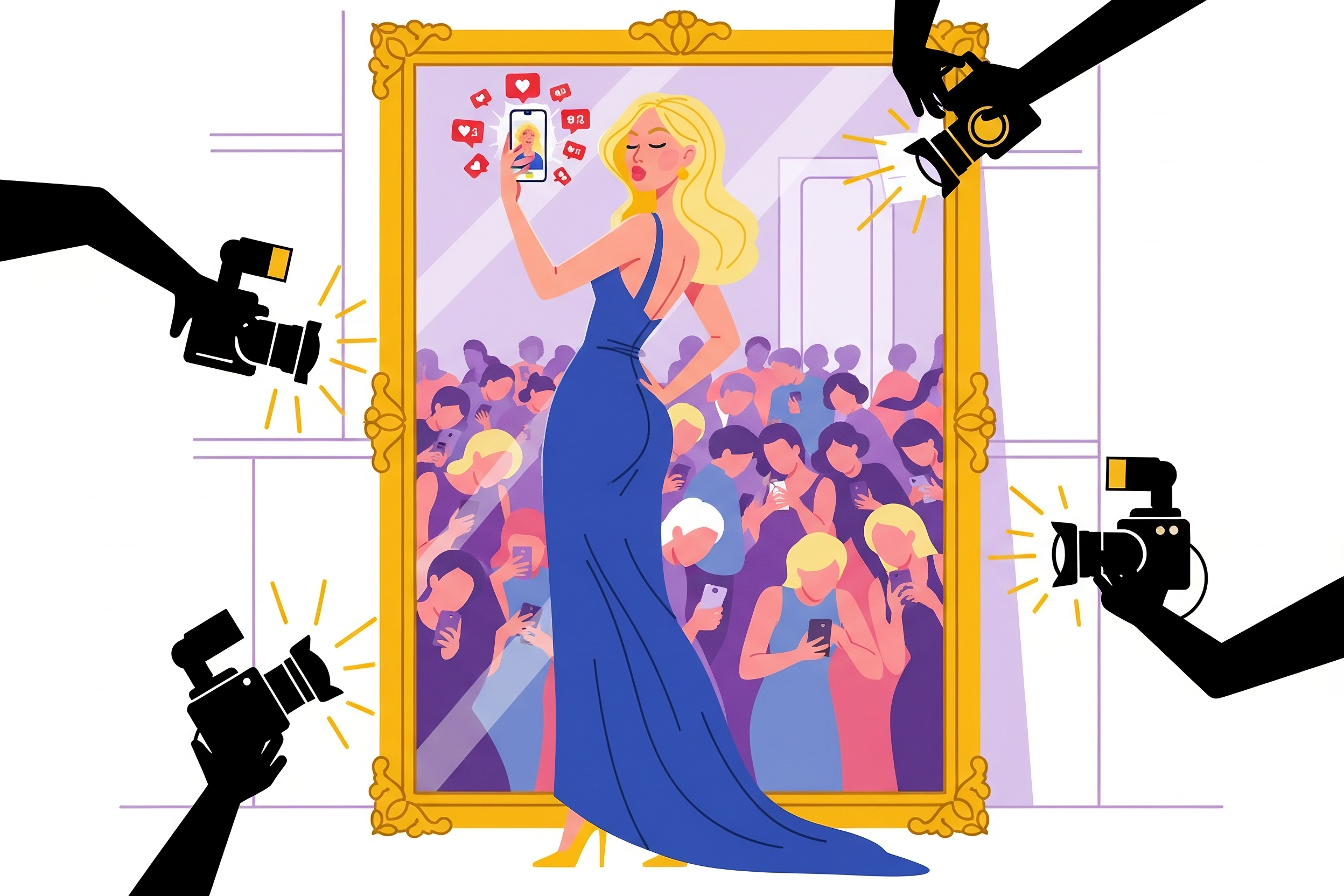Elizabeth Canon of Fashion’s Collective outlines four key ways that tradeshows could be enhanced and improved using digital technology

Elizabeth Canon of Fashion’s Collective outlines four key ways that tradeshows could be enhanced and improved using digital technology
Again this year, Pitti gathered hundreds of brands to showcase their collections to the industry’s top merchants. But along with regular attendees like buyers from Barney’s and Bergdorfs, and street style photographers like Scott Schulman, this year’s Pitti brought something else…the intense heat. Temperatures soared to nearly 100°F, by my iPhone’s measure.
And, while Pitti doesn’t discount digital as part of the experience (it’s digital platform e-Pitti is a repository of information published at the discretion of each vendor), there are certainly opportunities to improve one’s encounter. At times of severe discomfort, (scouring hundreds of vendors in Sahara-like conditions while under time constraints, trying to look chic and act professionally, for example), anything to ease the experience is both welcomed and necessary.
Here, we take a look at just a few of the ways the tradeshow can be enhanced and improved through digital.
“ Why not allow attendees to decide with the touch of an iPhone what brands and/or products they are considering? ”
Localisation
For starters, tradeshows are typically massive and rarely attended by solo individuals. Rather, retailers typically send several key buyers and merchandisers with a set agenda of sourcing the products that will eventually be carried in-store.
It is not uncommon for teams to split up in a “divide-and-conquer” strategy, only later to re-group, discuss and plan for what appointments to make, what labels and products to purchase, and the quantities that make sense based on budgets. So, with localisation in mind, here are a few ways digital can be employed:
A. Help people find one another. Locating colleagues, peers or specific booths can prove time consuming, and a challenge that can be easily solved with a location-based application.
B. Deliver attendees information on the spot. Most booths at Pitti distribute information on printed postcards with little more than an image, url and email address. Why not allow attendees to decide with the touch of an iPhone what brands and/or products they are considering, and have information including pricing, line sheets, and images sent to them electronically on the spot?
This could be either individual (say for the men’s Co-op buyer at Barneys) or collective use (a repository for all buyers at Barneys). Doing so would circumvent the inevitable stack of disorganised printouts gathered, as well as allow decision makers not present to weigh in on the process.
Strategic Planning
Prior to attending a tradeshow, buyers come prepared with exact budgets, spreadsheets and an idea of the pieces and labels they are looking to carry. While everyone may have a slightly different strategy on game-day, having the ability to access information beforehand could prove especially timesaving.
Knowing what to cover first might be the difference between having time to attend an important industry dinner or event. What’s more, having an application where these figures can be plugged in and calculated automatically based on a specific retailer’s stats could prove useful and more comprehensive compared to the typically employed calculator and notepad strategy.
“ Feedback from buyers can significantly steer a brand’s direction, yet most buyers refrain from providing feedback ”
Feedback Gathering
Pitti is known for bringing together a highly curated selection of menswear brands and presenting it to a powerful audience of buyers from the most renowned retailers. A retailer’s decision to stock a brand might literally make or break that brand’s fiscal year. Therefore, feedback from buyers can significantly steer a brand’s direction, yet most buyers refrain from providing feedback (for many reasons).
For example, one top buyer said in passing, “I happened upon a booth of a new brand I hadn’t seen before, the product fit perfectly with what we were looking for, but the brand name read so off that we would never carry it. Knowing that, I didn’t even inquire about numbers.“
If the brand knew this, they may or may not elect to change the name completely, but at least they have better information to make decisions about marketing going forward. Gathering feedback is something that people are accustomed to doing online, be it anonymous or publicly.
“ Using digital to crowd-source exhibitors from a curated selection may be an engaging and viable solution ”
Crowd Sourcing
We all know that tradeshows exist as a business and that financial gains are not a bi-product, but rather a core objective. That being said, when a tradeshow is perfectly curated, no one focuses on this. Instead we focus on the inspiring new brands, the coming trends, and the excitement of stumbling across something new.
However, when there are noticeable “misses” in the curation process, the first thought is about how tradeshows need paying exhibitors to exist. In the case of Pitti, this was more pronounced at Pitti W, (which admittedly is not the core focus of the show). In order to avoid this perception, using digital to crowd-source exhibitors from a curated selection may be an engaging and viable solution.
Companies like Fashion GPS, Pop Market and Screenreach show particular promise when it comes to providing digital solutions, each in a different way. The fact of the matter is that the technology to do the above exists; it’s simply about putting it to use in specific, utilitarian ways that are beneficial to the fashion industry.
To further investigate how digital is changing our industry on Luxury Society, we invite your to explore the related materials as follows:
– The Future of Fashion Week, Decidedly Digital
– Is Instagram Killing the Luxury Dream?
– Fashionably Marketing Financial Services










